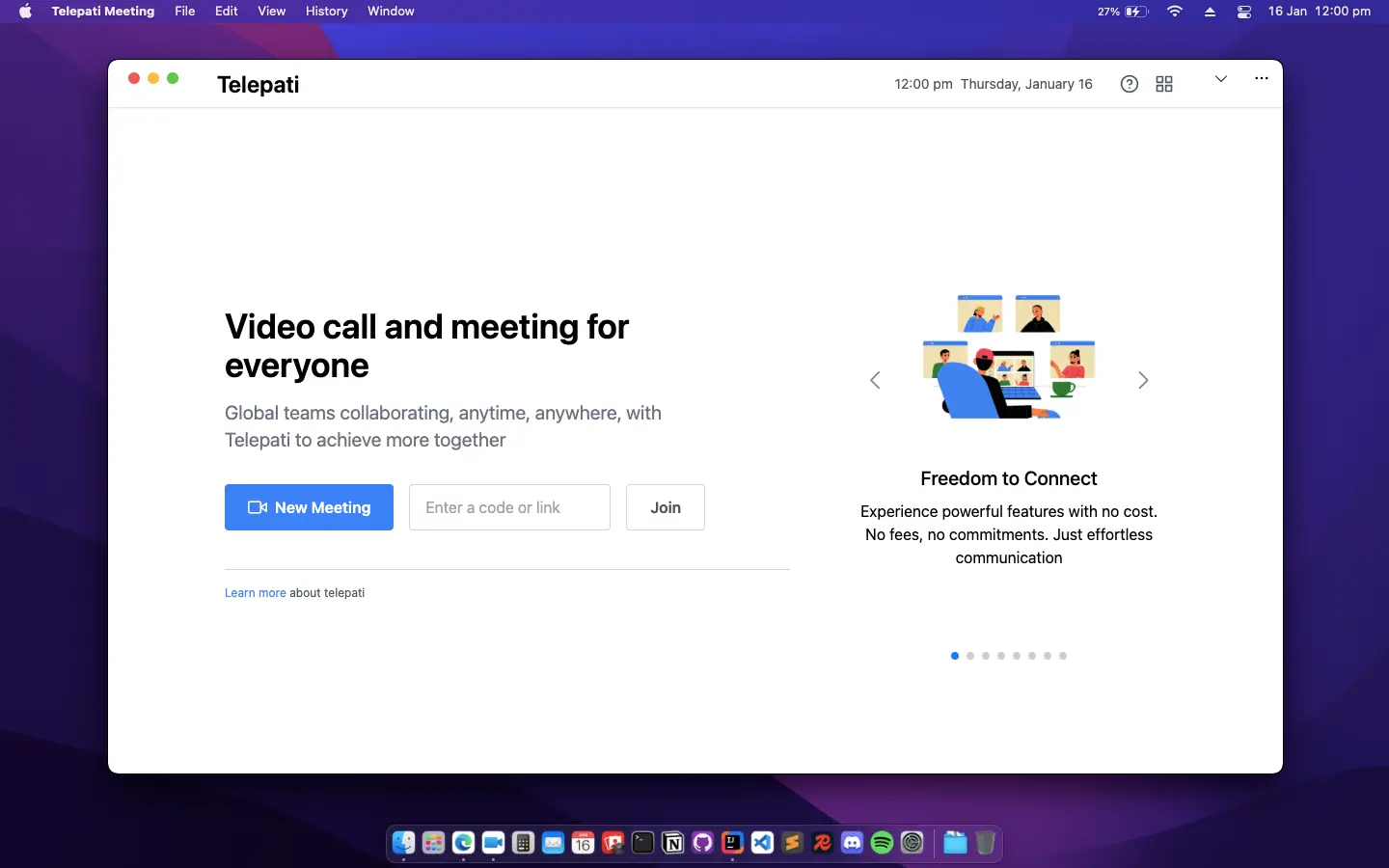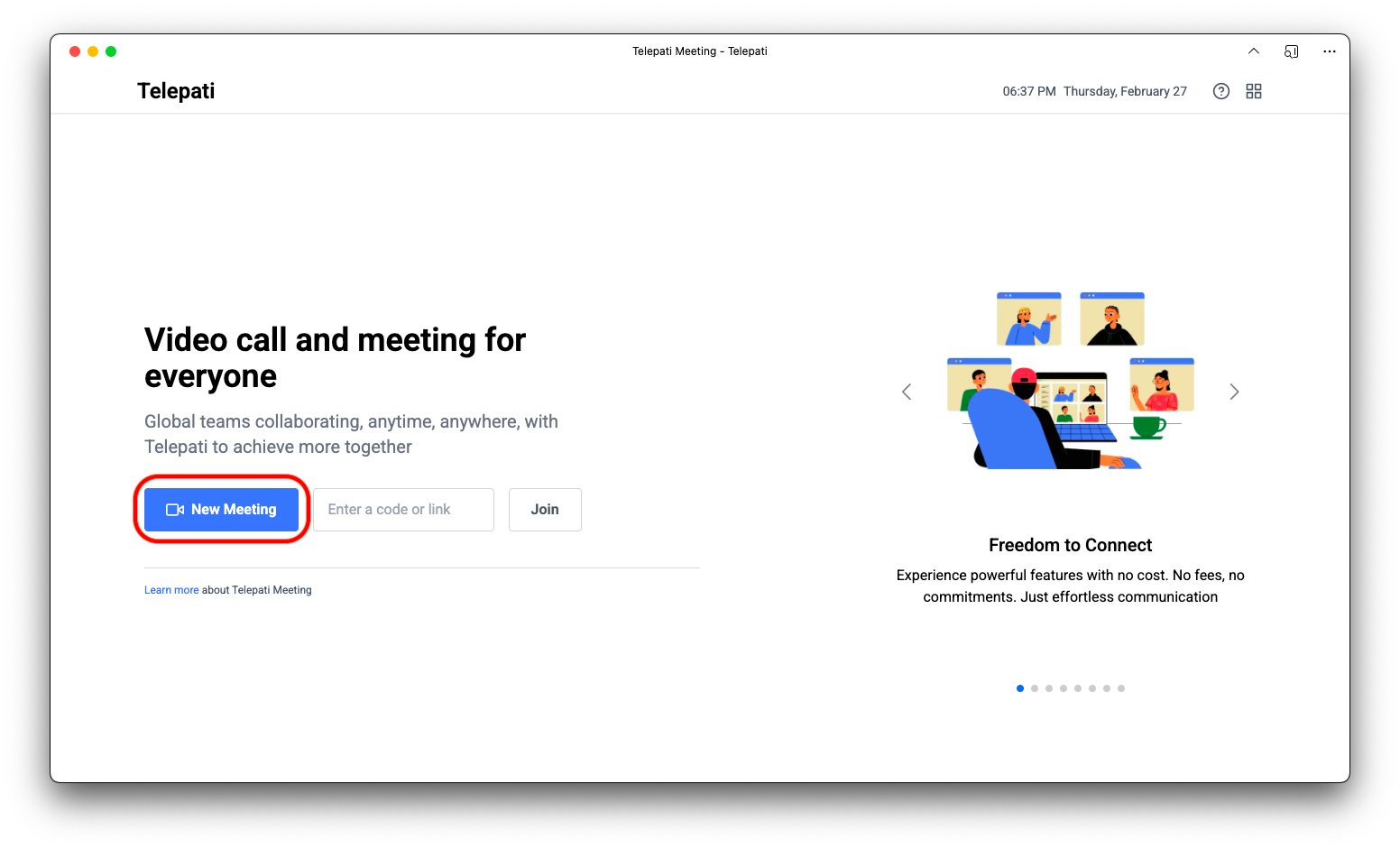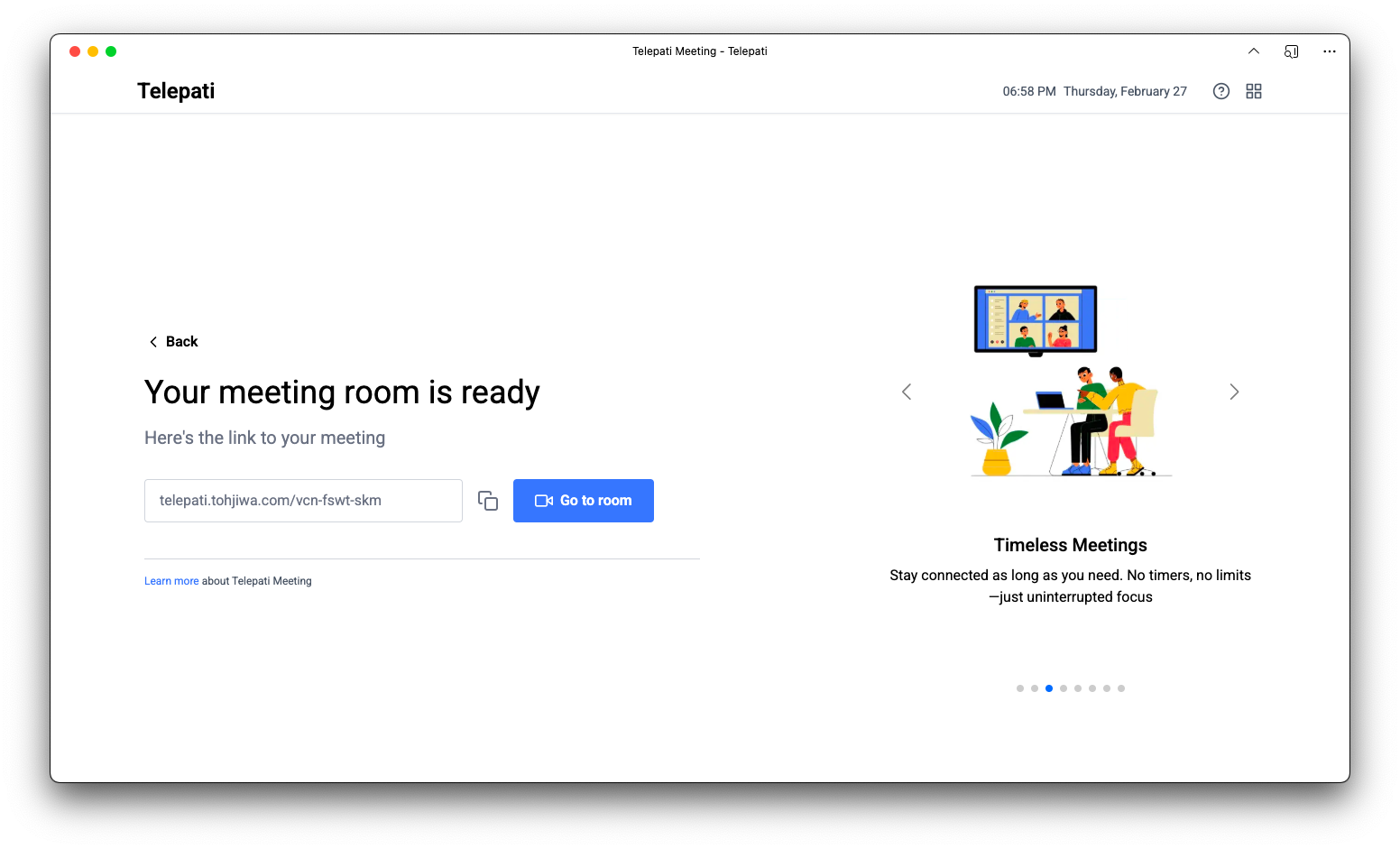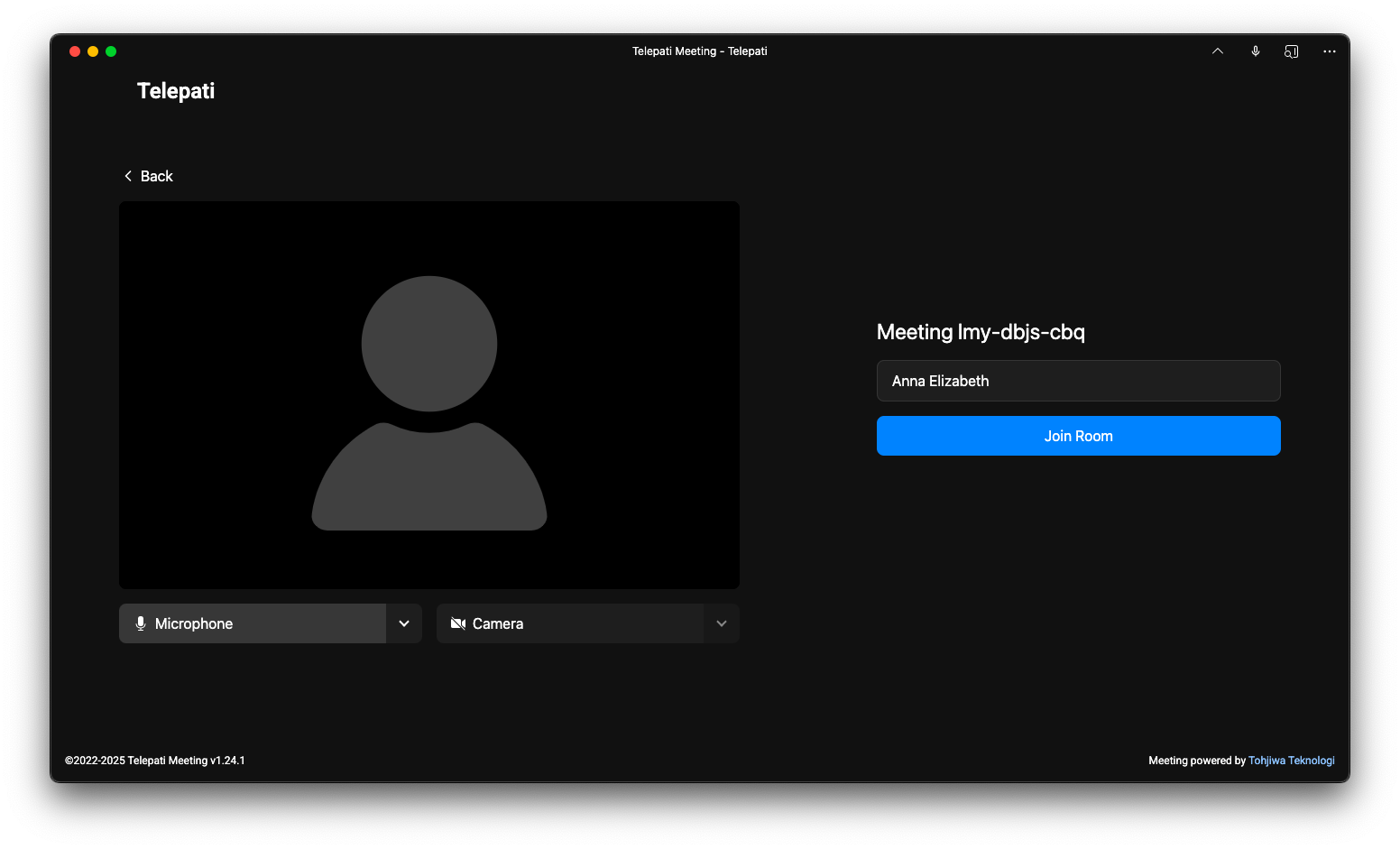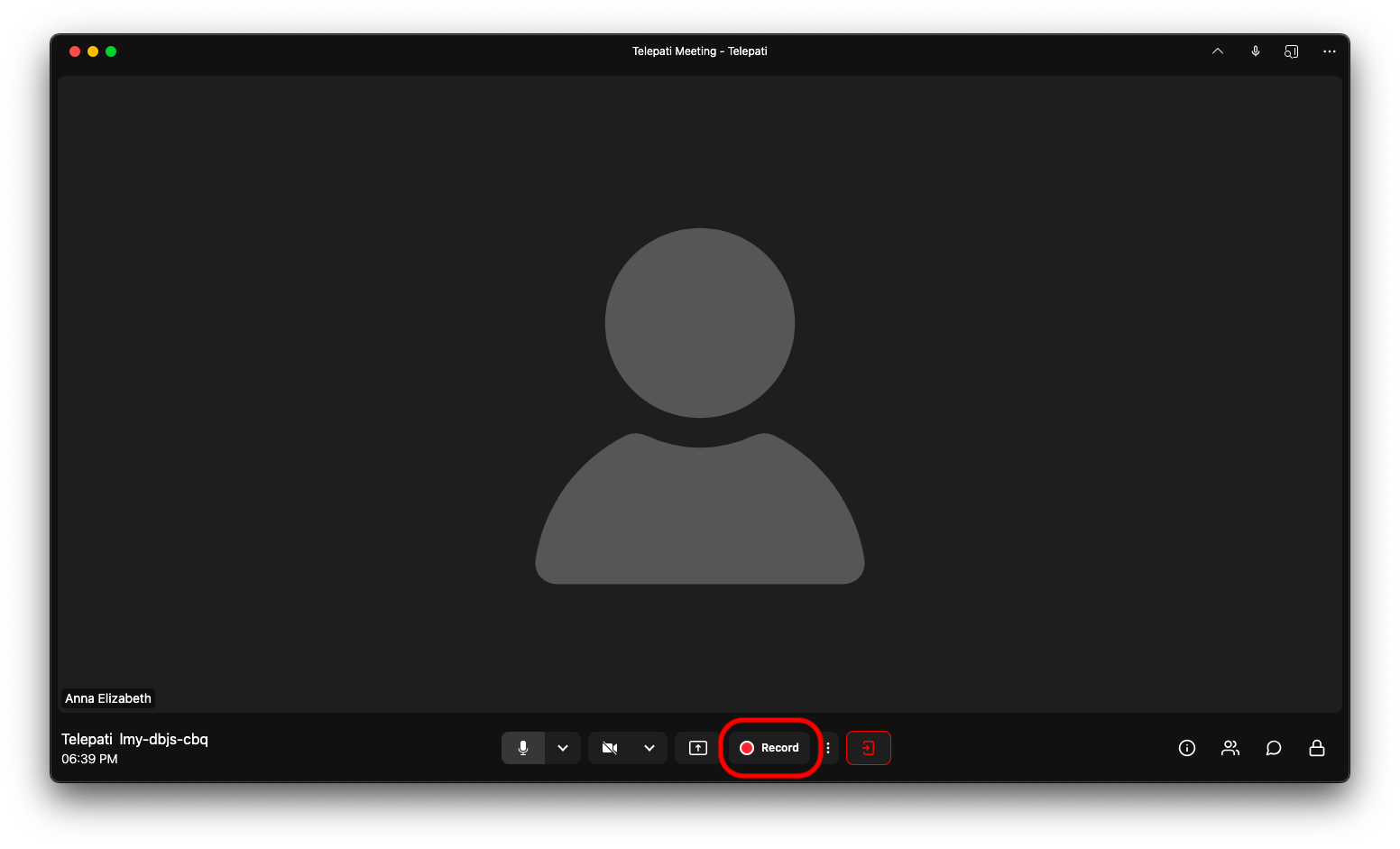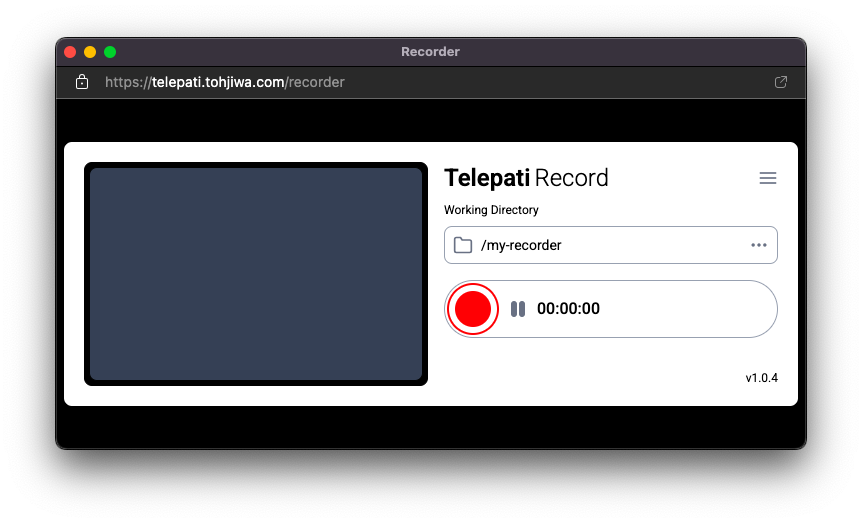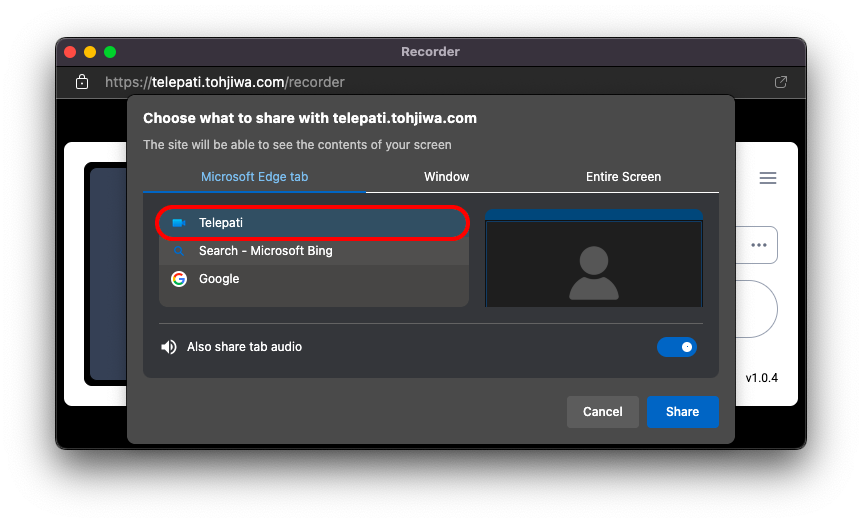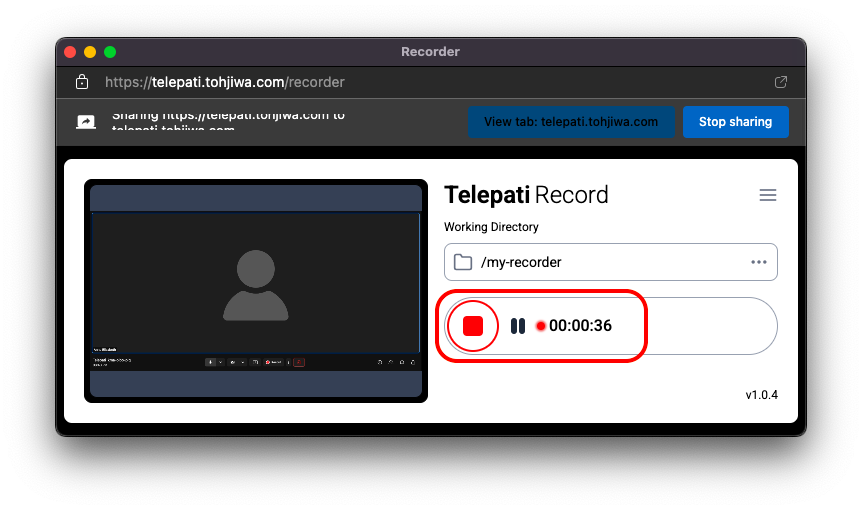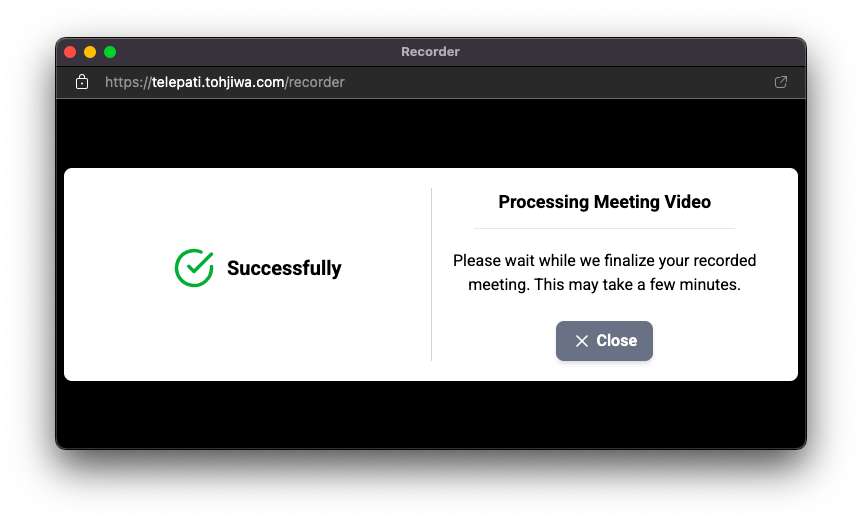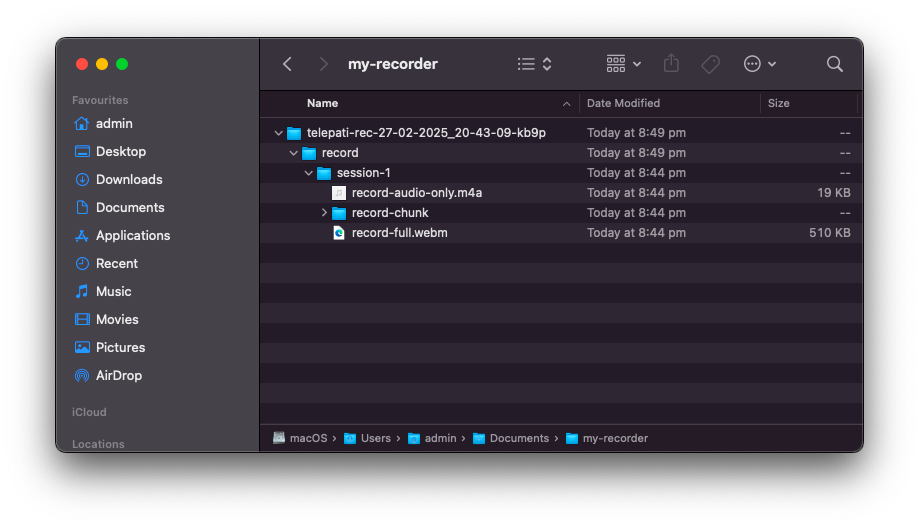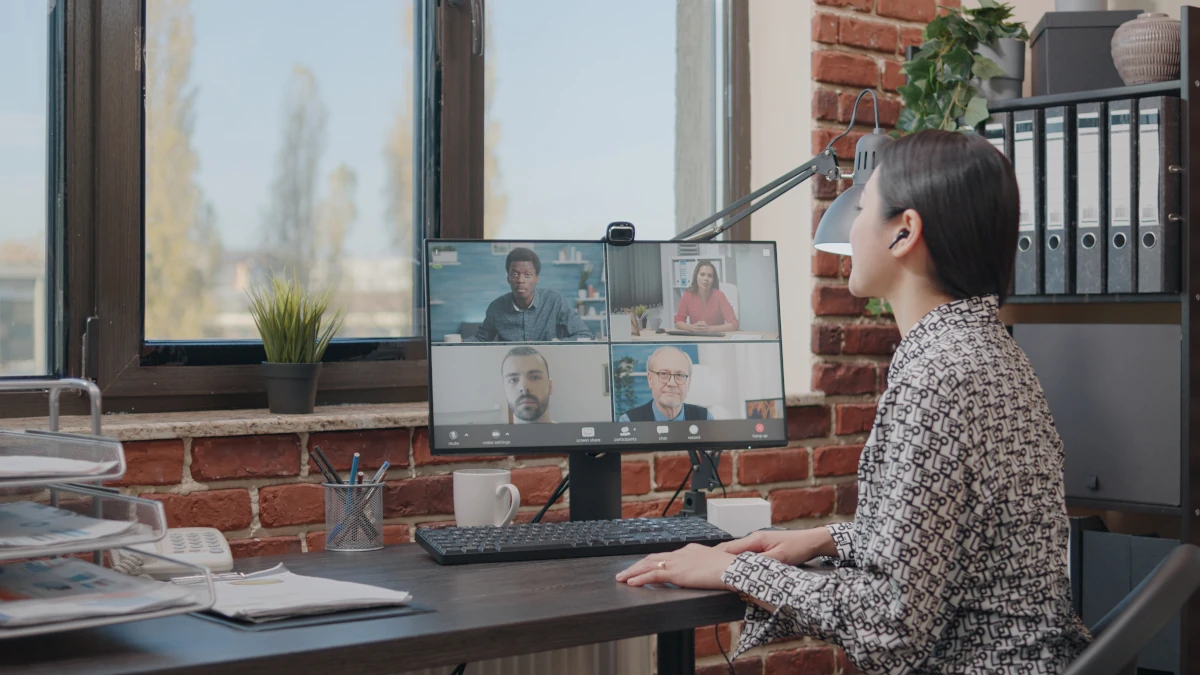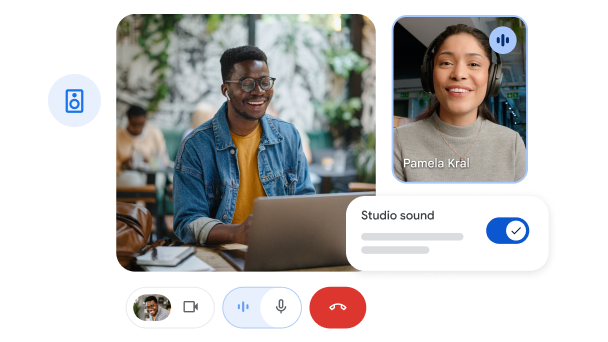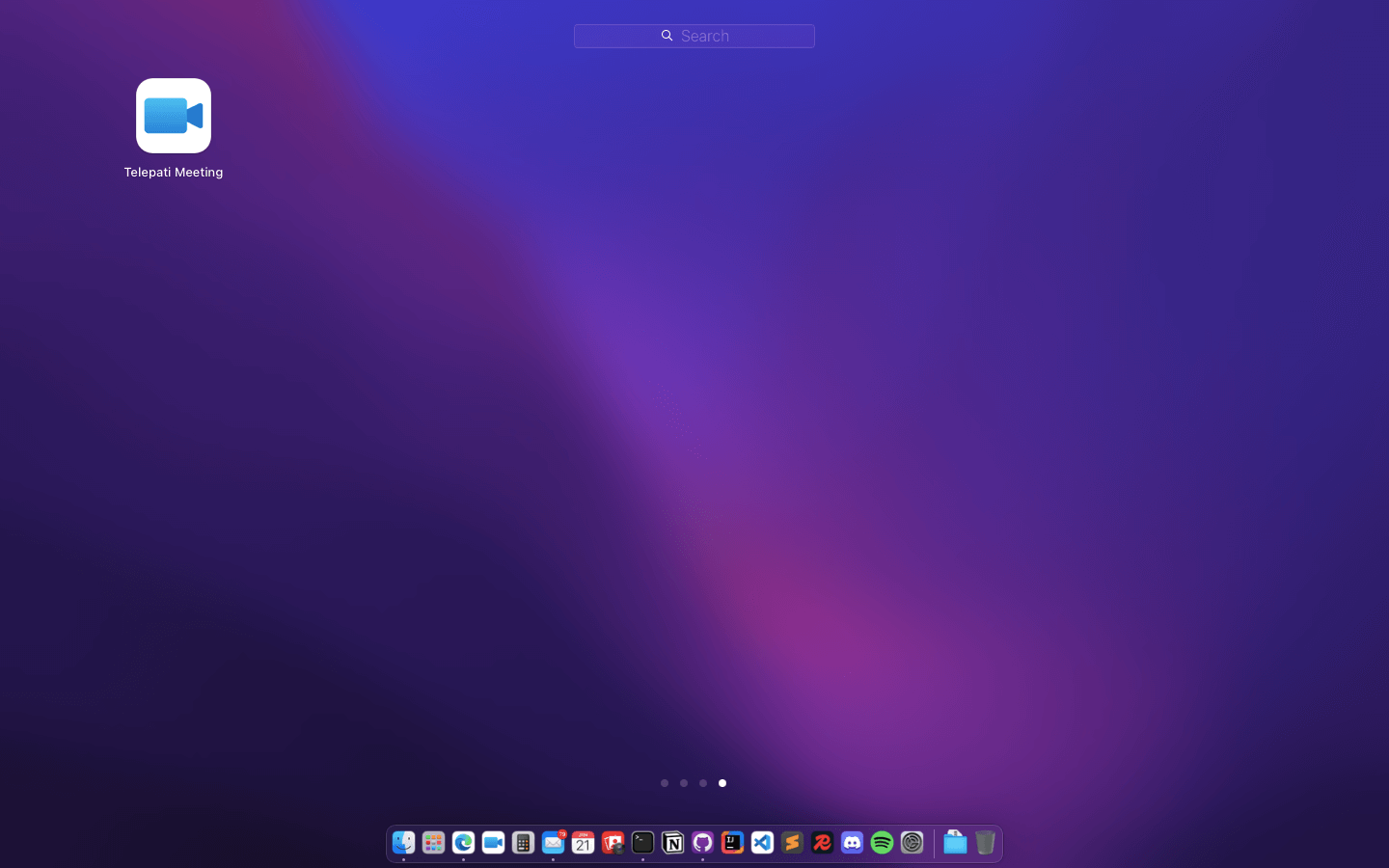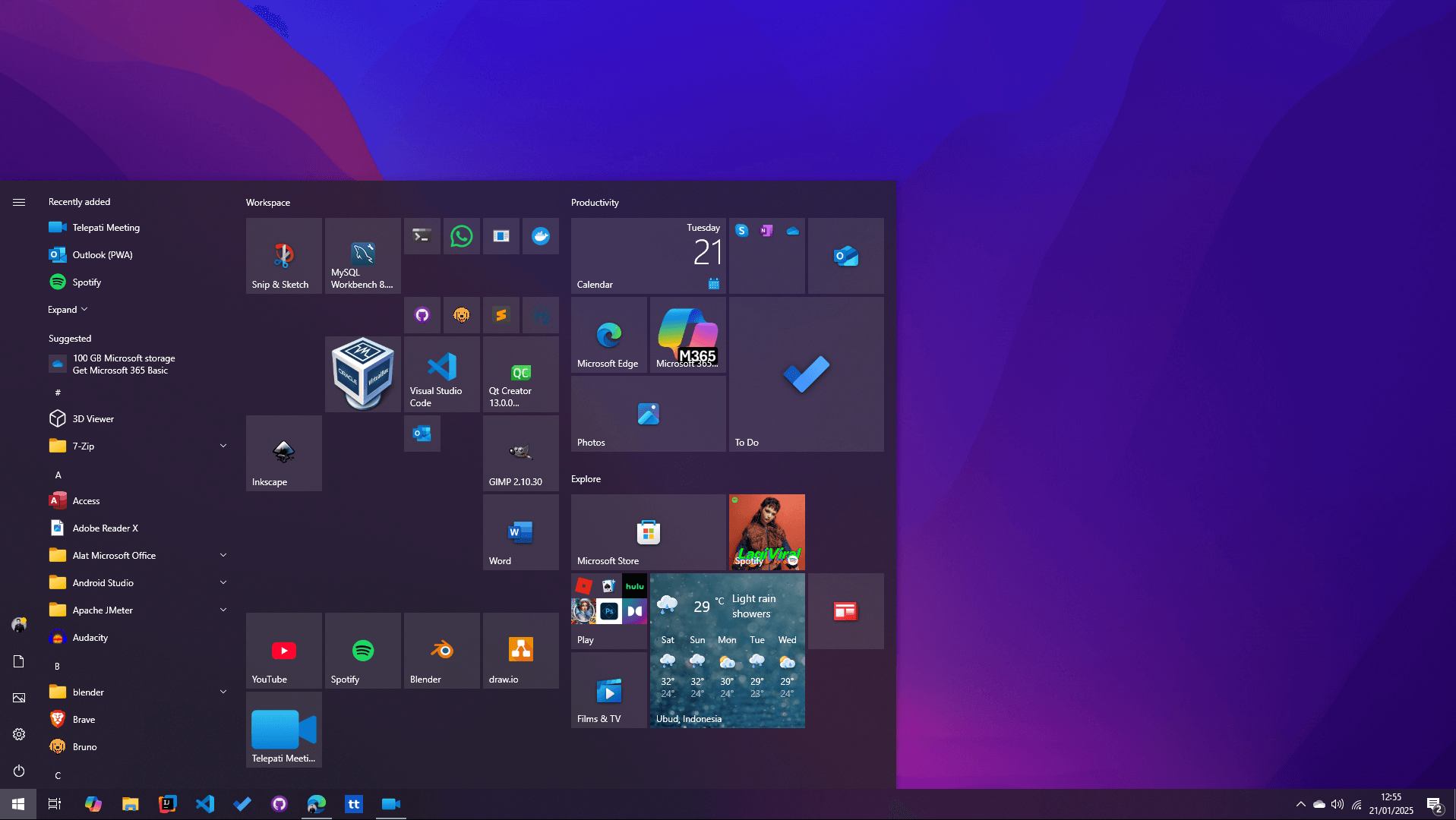The COVID-19 pandemic marked a profound shift in human global communication, not just as a health crisis but as a defining moment that forced individuals, organizations, and communities to adopt new ways of connecting. As lockdowns, social distancing, and travel restrictions became the norm, the global reliance on digital tools skyrocketed. This transformation reshaped how we interact, collaborate, and sustain relationships in a rapidly changing world.
A Surge in Digital Global Communication
Before the pandemic, face-to-face meetings, conferences, and social gatherings were the standard for both personal and professional interactions. The pandemic’s sudden onset left no choice but to pivot toward remote communication. With businesses shutting down physical offices and individuals confined to their homes, the demand for digital solutions skyrocketed almost overnight. Many organizations quickly adopted online meeting platforms like Zoom and Microsoft Teams, while individuals turned to these tools for both work and personal connections. This rapid adjustment was driven by the necessity to maintain productivity and social bonds in an increasingly isolated world. Digital platforms like Zoom, Microsoft Teams, and Google Meet quickly became lifelines, offering solutions for everything from professional collaboration to family catch-ups.
The surge in online meeting platforms was unprecedented. For example, Zoom reported a staggering 30-fold increase in daily meeting participants during 2020, reaching over 300 million users. This shift wasn’t confined to tech-savvy regions—even areas with previously limited digital infrastructure experienced rapid adoption of these tools, thanks to the expansion of internet accessibility. The pandemic made clear that digital communication was no longer optional but essential.
Revolutionizing the Workplace
Because of change in global communication, perhaps the most dramatic transformation occurred in the workplace. Remote work, once considered a niche practice, became the global standard practically overnight. Companies scrambled to implement work-from-home policies, relying heavily on online meeting tools for team collaboration, client meetings, and day-to-day operations.
This shift wasn’t just about convenience. It led to lasting changes in workplace culture and employee expectations. Flexible work arrangements—including hybrid office models—are now seen as a competitive advantage, enabling organizations to attract top talent while reducing overhead costs. Companies like Google and Microsoft have successfully implemented hybrid models, offering employees the flexibility to work remotely while maintaining access to collaborative office spaces. These approaches have not only enhanced productivity but also improved employee satisfaction and retention. Additionally, businesses invested significantly in digital infrastructure, from cybersecurity enhancements to cloud-based collaboration systems, ensuring that remote operations remained secure and efficient.
Social Interaction Goes Virtual
Global Communication not only impacts how we work but also reshapes our social connections, which have faced significant upheaval. Weddings, birthdays, and even funerals shifted to virtual formats, made possible by video conferencing tools. This adaptability in embracing these platforms highlights the resilience of human connection. Virtual happy hours, game nights, and themed gatherings became innovative solutions to combat isolation and preserve relationships during a time of unprecedented separation.
Online platforms adapted quickly, introducing features tailored to social events. Virtual backgrounds, breakout rooms, and interactive activities became integral parts of digital gatherings, allowing participants to inject a sense of fun and normalcy into these interactions. While they couldn’t fully replicate in-person experiences, these adaptations demonstrated how technology could bridge the emotional and physical gaps.
The Educational Sector’s Digital Pivot
Few areas experienced as much disruption as education, where Global Communication played a pivotal role in addressing challenges. According to UNESCO, over 1.6 billion learners across more than 190 countries were affected by school closures at the peak of the pandemic, representing over 90% of the world’s student population. This unprecedented shift forced educators to rapidly adapt to online learning environments, often with limited resources and training. The impact was particularly severe in regions lacking access to reliable internet and digital devices, highlighting significant disparities in global education systems. However, through the power of Global Communication, schools and universities around the world transitioned to online learning almost overnight. Platforms like Google Classroom and Zoom became indispensable, enabling educators to maintain continuity in teaching despite the challenges of remote instruction.
The transition, though critical, highlighted systemic inequities. Millions of students lacked access to reliable internet or devices, prompting governments and organizations to address the digital divide through targeted investments. Despite these challenges, the pandemic accelerated innovation in e-learning, with hybrid models now set to become a permanent fixture in education systems. Teachers and students alike have adapted to a new normal that blends the flexibility of online resources with the benefits of in-person engagement.
As the world began to recover from the pandemic’s immediate impacts, new tools emerged to address the evolving demands of communication. Launched in 2022, Telepati Meeting quickly established itself as a transformative platform, providing free, unrestricted online meeting solutions for up to 500 participants. At a time when other platforms imposed limits on free users, such as restricting meetings to 40 minutes or capping participant numbers, Telepati Meeting filled a crucial gap. Unlike Zoom and Microsoft Teams, which charged for extended features, Telepati Meeting provided free, unrestricted access for up to 500 participants. This ensured that individuals, startups, and small businesses could access high-quality tools without financial constraints, setting a new standard for accessibility in the online communication space.
Telepati Meeting’s intuitive design and powerful features made it a standout option in the crowded digital communication space. Beyond business use, it became a preferred platform for virtual social events, educational sessions, and community activities. With integrated AI-driven capabilities, robust security measures, and reliable performance, Telepati Meeting demonstrated its commitment to fostering meaningful connections in a post-pandemic world.
A New Era of Global Communication
The changes brought by the pandemic have left an indelible mark on how we communicate. Hybrid work models, virtual events, and digital learning are no longer temporary adaptations but essential components of modern life. Beyond traditional applications, industries such as healthcare and real estate have embraced digital tools, further broadening the scope of online communication. For example, healthcare providers now use telemedicine platforms to conduct virtual consultations, ensuring patients receive care without needing to visit clinics. Similarly, the real estate sector has adopted virtual property tours and online negotiations, enabling buyers to explore homes and close deals remotely. These examples highlight how digital tools are transforming industries in response to new communication demands.
Telepati Meeting exemplifies the role of innovation in this new era. By removing barriers to connectivity, it enables users from diverse backgrounds to collaborate effectively, share ideas, and build relationships across borders. Its introduction was timely, addressing the unique challenges of a world redefined by the pandemic and laying the groundwork for a more connected future.
The COVID-19 pandemic forced us to rethink and reinvent the ways we interact. Platforms like Telepati Meeting have not only adapted to this change but have actively contributed to shaping it, ensuring that communication remains seamless, accessible, and meaningful in an ever-evolving landscape.

